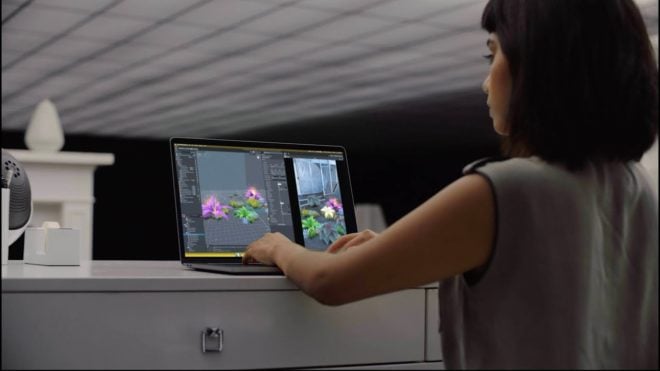


Note: Clicking on the 'Opacity' causes it to become 0.05. It is possbile to adjust the degree to which a substance in a requested frame is opaque. Additional explanations are provided here Opacity This option is created by using lines in 3D representation. Use the slider (located below the Exclude ground points slider).This option enables to translate the semantic annotation to cube 3D. Use the slider (located below the Brush size slider).It is possible to perform the annotation while excluding the ground points. Use the slider (located below the Erase button) and adjust as required It is possible to set the brush size, measured in meters. Locate the mouse on the requested annotation and go over the annotation to be erased.To erase an existing annotation, do as follows: Click on located under the Semantic 3D button (its location is displayed below).In order to create a Semnatic 3D annotation, do as follows: Note: Using this option on a blank area, will lead to nothying (see example below)Īdditional explanations are provided here. This option is used in cases pixel-level context is important in 3D representaion. This option enables to show the cube 3D's direction on the requested frame. This option enables to create a surface fit to the annotation in vectors x, y, and z. The screenshot below demonstrates rotation result. Since the displayed frame is in 2D view, clicking on this button enables to view the Cube 3D annotation in 3D view. The screenshot below demonstrates scale result. This option enables finding all the coordinations of the cube 3D annotation. Note that this option is enabled automatically after cube 3D has been performed. Enable/disable the slider using the mouse (its location is displayed below).Īfter performing cube 3D annotation, this option enables placing the requested LiDAR on the frame.This option allows fixation of the ground. Important: This option is available only when the ground exists. Use the slider (located below the 'Opacity') and adjust as required.It is possible to adjust the degree to which a substance in a requested frame is opaque. Click on (its location is displayed below).It is possible to expand each annotation's image. Click on the relevant button (, or ) See its location below.It is possible to move the camera of each annotation's image per its angle (top, front and side angles). Click on to hide the background points (its location is displayed below).This option enables to remove the worthless points from the point cloud by using a suitable background filtering algorithm to accelerate the micro-level traffic data extraction. Select Scene editor View (see location below).To cause this panel to be re-displayed, do as follows: It is possible to hide the scene editor view by clicking on. It is possible to zoom in/out each image annotation seperately. Clicking it causes the ground to disappear (location displayed below) When this button is enabled the ground is displayed. Toggle ground visibility - this option reduces noise caused by the ground (can be roads, pavements, etc.).Click on this button to perform it (location displayed below). Load all frames: To minimize memory consumption, the LiDAR studio loads the next few frames in the browser.Moving between frames - click on the rectangle key to reach the audio frames as follows: (explanations are provided per its referrenced alphabet letter): Play - click on the arrow key to run the audio file (location displayed below) 7 - Annotations summary: view explanations here 6 - Camera's panel: visual assistant for corresponding images enabling to showcase both the angle and the viewport of the cameras captured by the main scene. 4 - Current viewed frame: this part consists of the current frame that can be selected via moving between the frames. Other addtiions are explained in their specific section. Note: This screen is the first one to be reached.


 0 kommentar(er)
0 kommentar(er)
